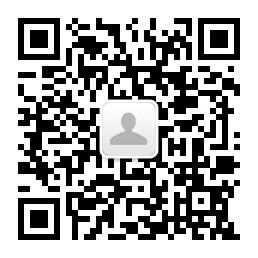首页
技术支持
Quantum Simply Cellular (QSC) 分析中的ABC值该如何看待?
我输入数值得出的这个数字就是一个细胞表面的分子数量吗?还是需要其他处理?不一样的细胞数染色得出的荧光肯定是不同的,所以想不明白怎么回事。
Quantum™ Simply Cellular® (QSC)是通过检测抗体结合能力(ABC)来间接反眏细胞抗原表达水平。先来说说其工作原理:
每个QSC试剂盒含有5种相同直径的微球:1组空白球,4组连接有不同量的FC片断捕获抗体(anti-FC fragment)。实际使用过程中,用过量的荧光标记单克隆抗体与微球孵育,根据QSC软件建立标准曲线(channel Vs ABC)。在同种条件下,用相同的抗体与细胞孵育,在相同条件下(同种FCM条件)上机检测Channel值,结果输入标准曲线,计算细胞的ABC值。ABC值就反应了抗原的表达(水平)量,ABC值高,抗原的表达量就高。
回到上面的客户问题来,如果研究人员知道抗原与抗体之间的结合比例,例如是1:1关系,那么就可以说ABC值就是抗原的表达量。但现实中,是很难知道的。ABC值的意义在于,研究人员可以对源自不同实验室或不同实验检测时间的结果进行比较分析(当然前提是实验条件完全一致)。
摘抄一段:
Values obtained from our Quantum Simply Cellular kits, listed in ABC (antibody binding capacity), are intended to be directly quantitative for the number of antibodies attached to the cell. This does assume however that the user is labeling the cells/beads in a direct fashion, and not using a secondary antibody label. If using a secondary antibody label, there’s a possibility of multivalent binding between the primary and secondary, which is not necessarily equal between the beads and cells (as the primary antibody will be orientated in a different fashion between the two).
For comparisons between labs, the antibody used is of importance. While multiple antibody options may exist that recognize the target of interest (e.g. CD4), if the antibodies are not identical, then possibilities of different levels of binding do exist based on varying levels of antibody affinity towards it’s epitope of interest. Even if the antibody is of the same clone, lab to lab comparisons introduce additional variation in technician staining/handling techniques for the cells/beads, and different instruments being used to analyze the stained samples as well. QSC kits can help standardize results to a degree, but these sources of variation will still exist and potentially contribute to differences in measured ABC values using the kits. These are not necessarily problems in themselves, but the user should be aware of it. [点击下载]







